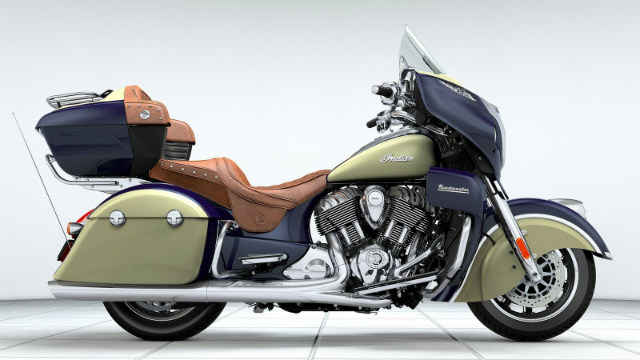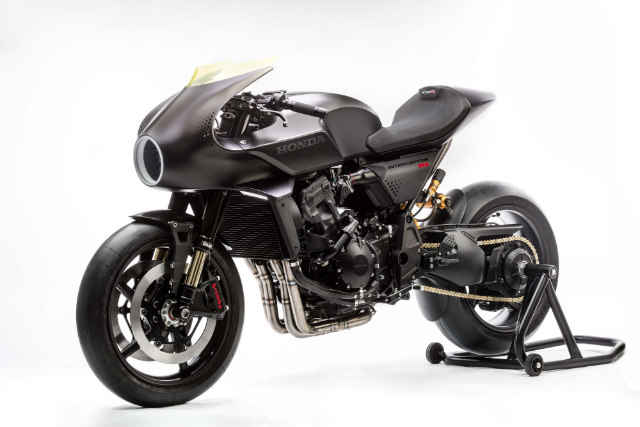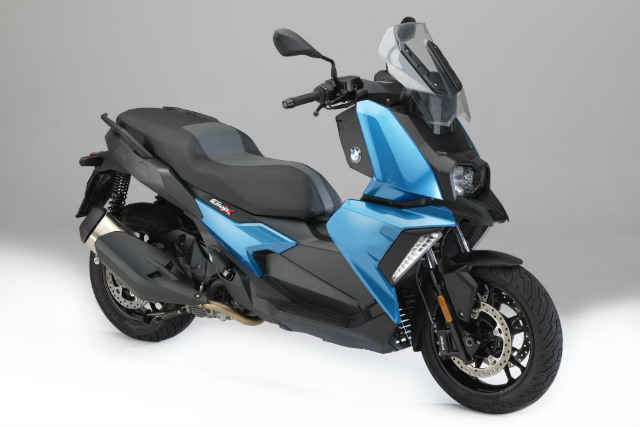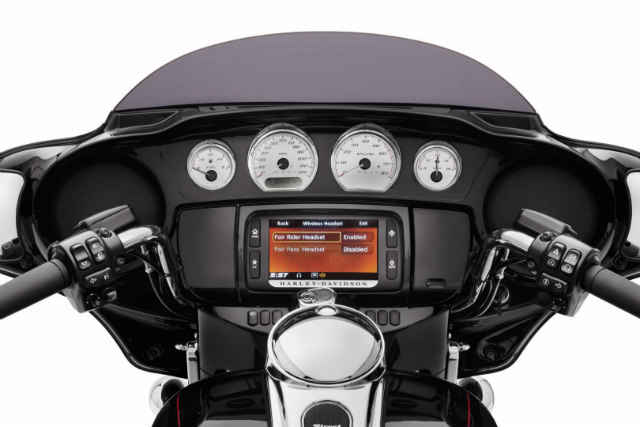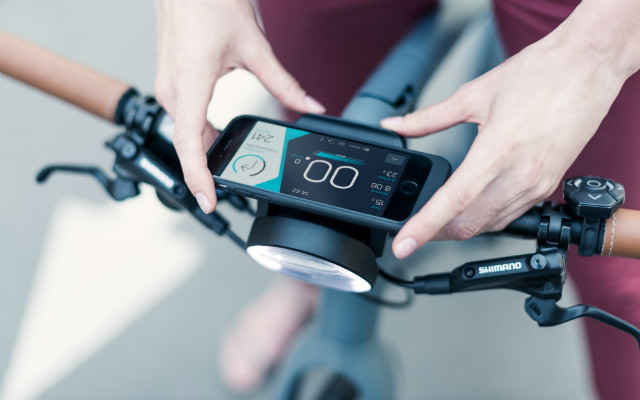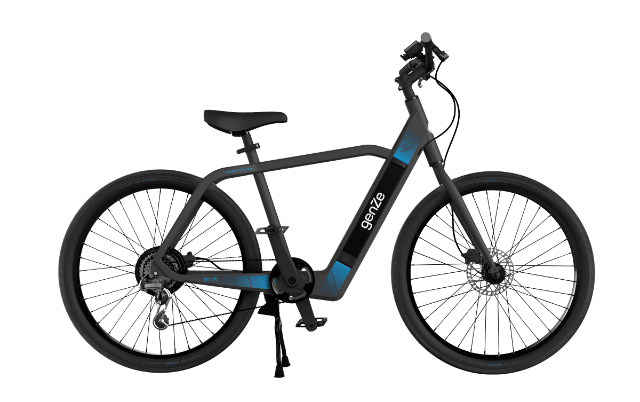Artificial intelligence that controls your infotainment screen. A vehicle that can read your brain. Cars that can see around blind corners.

he event has increasingly become a way for automakers to preview their developments in car technology, from production-ready to wildly speculative. Here are three trends that could be coming to a car near you.
AI-POWERED INFOTAINMENT SYSTEMS
Both Hyundai and Mercedes-Benz are showing how they will use artificial intelligence in a vehicle’s infotainment system to turn it into a personal assistant. It’s technology that, for now, is confined to smartphones or smart speakers.
Hyundai’s Intelligent Personal Agent is a voice-control technology that was co-developed by Silicon Valley-based SoundHound Inc., which specializes in voice-enabled AI.
The intelligent part of such software is its ability to recognize multiple commands. For example, if you ask it, “Tell me what the weather will be like tomorrow and text the kids to remind them about soccer practice,” it would recognize two separate commands in the same sentence and complete each task accordingly.
Hyundai’s technology functions much like Apple’s Siri or Google Assistant. It’s designed to respond to commands but also to proactively aid drivers by, for example, reminding them of upcoming meetings and recommending a departure time based on traffic conditions.
The system activates with the wake-up voice command, “Hi, Hyundai.” Once queried, the AI-powered agent can help make a phone call, send text messages, search destinations, search music, check weather and manage schedules. It also allows drivers to use voice control for frequently used functions such as controlling air conditioning, sunroofs and door locks. Hyundai plans to install the Intelligent Personal Agent in new models as early as 2019.

Mercedes-Benz is also debuting a new infotainment interface for its compact vehicles that’s based on artificial intelligence and what it calls an “intuitive” operating system. There are few details on the system’s capabilities so far, but the system is expected to make its way to some vehicles on the lower end of Mercedes’ lineup this year. The display itself looks like the dual widescreen setup that Mercedes used in late-model E- and S-Class sedans.
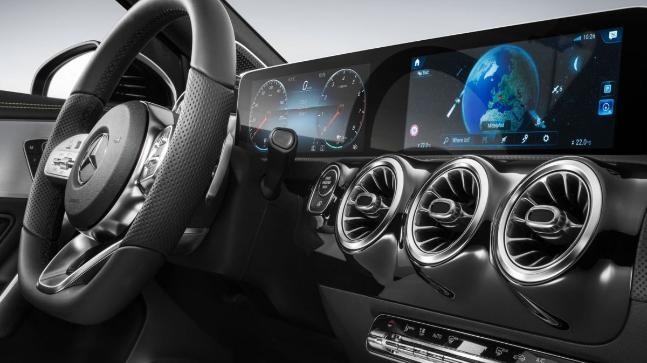
Mercedes Benz has stated that the name MBUX means that user experience (UX) has been taken care of. One unique feature of this system is its ability to learn thanks to artificial intelligence. The systems can also be customised to suit personal needs of the user.
One of the major features of this infotainment system is to include a high-resolution widescreen cockpit with touchscreen operation, navigation display with augmented reality tech, and intelligent voice control with natural speech recognition, which can be activated with the keyword “Hey Mercedes”.
The latest MBUX infotainment system also comes with an extensive touch operation concept which is a combination of a touchscreen panel, a touchpad on the centre console, and touch-sensitive buttons on the steering wheel. This fully digital infotainment system is expected to debut in the A-Class later this year.
Brain-to-Vehicle Technology
Nissan is demonstrating that the “brain” in an autonomous vehicle doesn’t always have to be a computer and that a computer can be used to make a person a better driver. The company is one of the first to conduct research on brain-to-vehicle (B2V) technology [pictured above].
To engage the technology, the driver puts on a wired cap. Picture a much smaller, sleeker version of Doc Brown’s brain wave analyzer in “Back to the Future.” The device measures brain wave activity, which the vehicle’s autonomous systems analyze and then use to anticipate your intended actions.
Nissan says that brain-to-vehicle technology can predict driver behavior to shorten reaction time when a driver is in control, for instance by making steering wheel turns or braking 0.2 to 0.5 second faster. All this will be largely imperceptible to the driver, Nissan says.
Brain-to-vehicle technology also is being tested to detect and evaluate discomfort during driving. This could be used to match the car’s driving style to the driver’s own style when the vehicle is in autonomous mode.
“There are a lot of situations where a vehicle’s default action when driving autonomously would not be what the driver would actually want to do if they were in control,” said Nicholas Maxfield, a Nissan spokesman. “Reading brainwaves is one way to shrink that gap between vehicle action and driver expectation.”
Of course, copying a human’s driving style may not be ideal in all cases, he said. The last thing you’d want is an autonomous car that speeds and makes erratic lane changes. The goal is to maximize driver safety during autonomous operating without departing too much from the driver’s own style.
This technology is still many years away from making it into a production vehicle, but Nissan says it shows the potential of combining human and artificial intelligence.
Cars That Talk to Everything
Finally, Ford is using the CES event to announce its recommitment to making all of its vehicles connected by 2019. In the short term, vehicle connectivity means you’ll see more Ford vehicles outfitted with Wi-Fi hotspots, remote unlocking and location services.
Ford also is announcing plans to adopt what’s called “cellular vehicle-to-everything” technology (C-V2X for short) in the coming years. This technology will make it possible for its vehicles to communicate with smart traffic signals, other vehicles and even a gas pump — to make wireless payments, for example.
Cellular vehicle-to-everything is a more advanced version of vehicle-to-vehicle connectivity (V2V) and uses cellular networks, which are faster than Wi-Fi, to communicate with other vehicles and roadside infrastructure, such as smart traffic signals and construction zone warnings.
The cellular vehicle-to-everything technology also has the ability to communicate at short range, even when there is no cellular signal. So a vehicle would have the ability to see around blind corners and understand its environment in inclement weather. For example, it could detect icy conditions on a road and warn the driver and other connected vehicles of the hazard.
Ford believes that cellular vehicle-to-everything technology is the key to getting more automakers to commit to connected-car systems and to standardize the technology that will be used. The chips this technology uses are not only faster, but they are also less expensive than the ones employed in current V2V systems.
EDMUNDS SAYS: We don’t expect to see many of these features, such as brain-to-vehicle technology, for several years. But smarter infotainment systems and more widespread availability of connected vehicles are just around the corner.
@Info Credits Edmunds






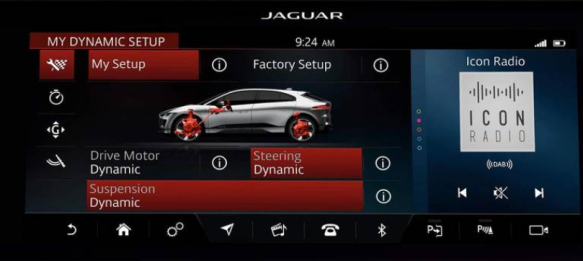




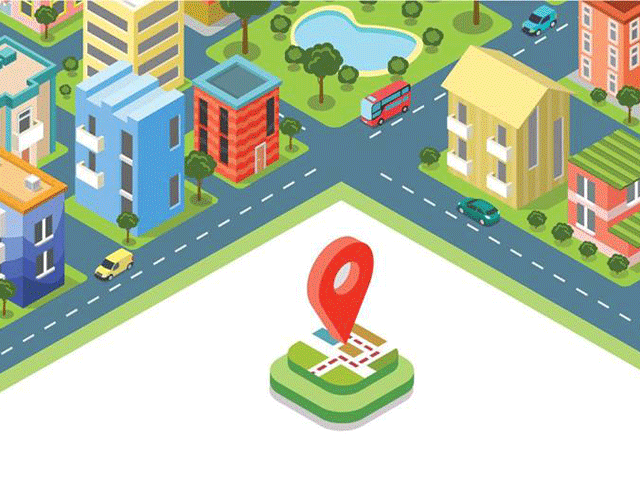 Users can generate a LinCode for any location or search for any location with the LinCode number as well as share it with their contacts. LinCodes also work as a map to direct users to their destination.
Users can generate a LinCode for any location or search for any location with the LinCode number as well as share it with their contacts. LinCodes also work as a map to direct users to their destination.




